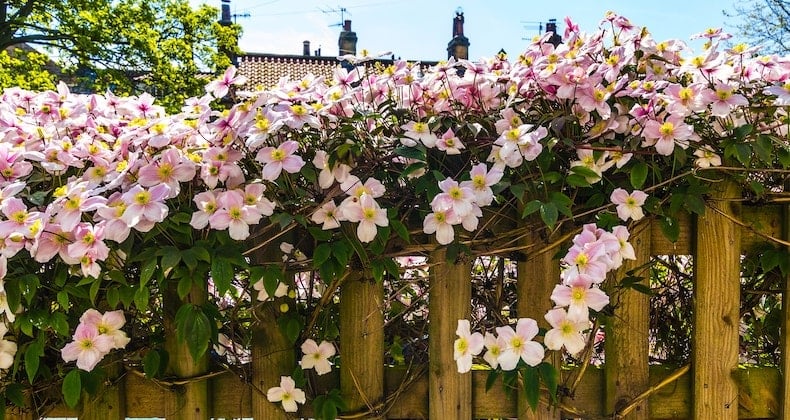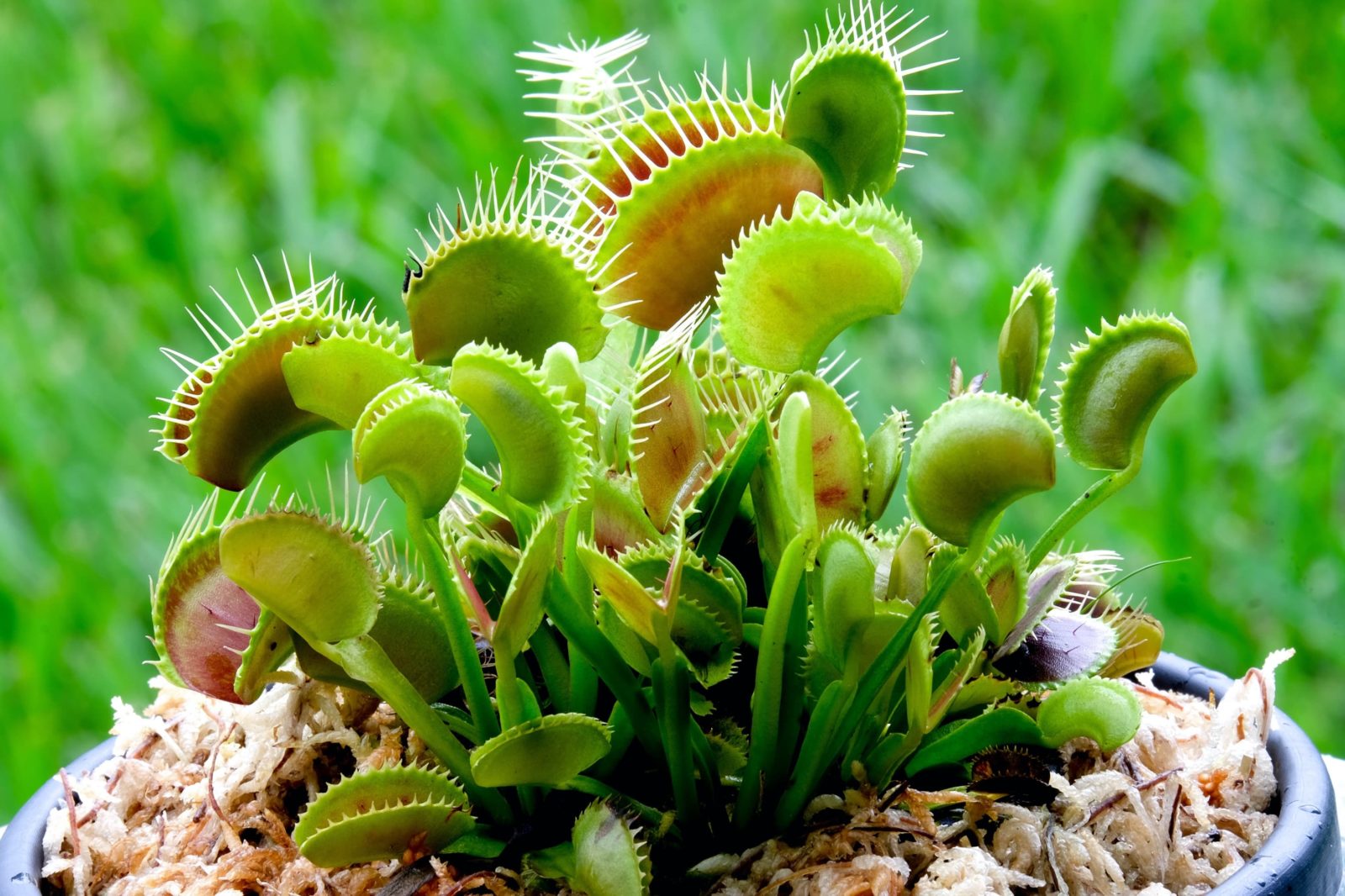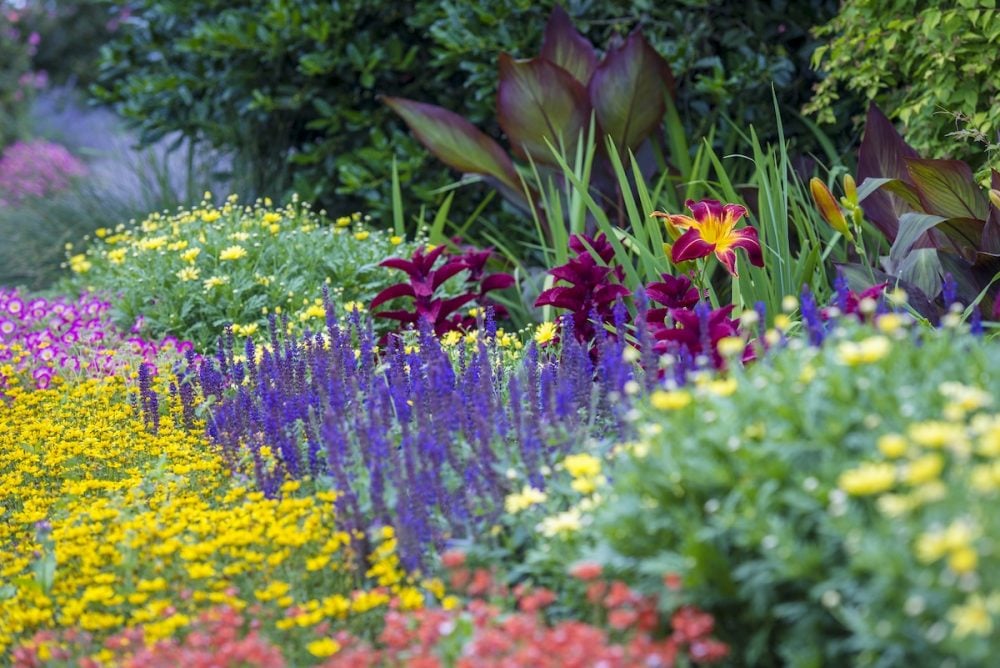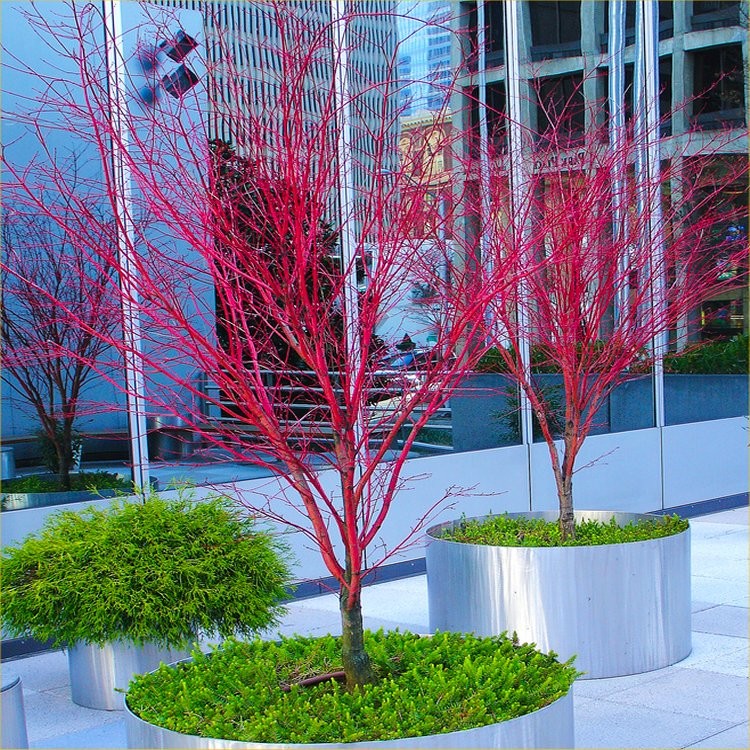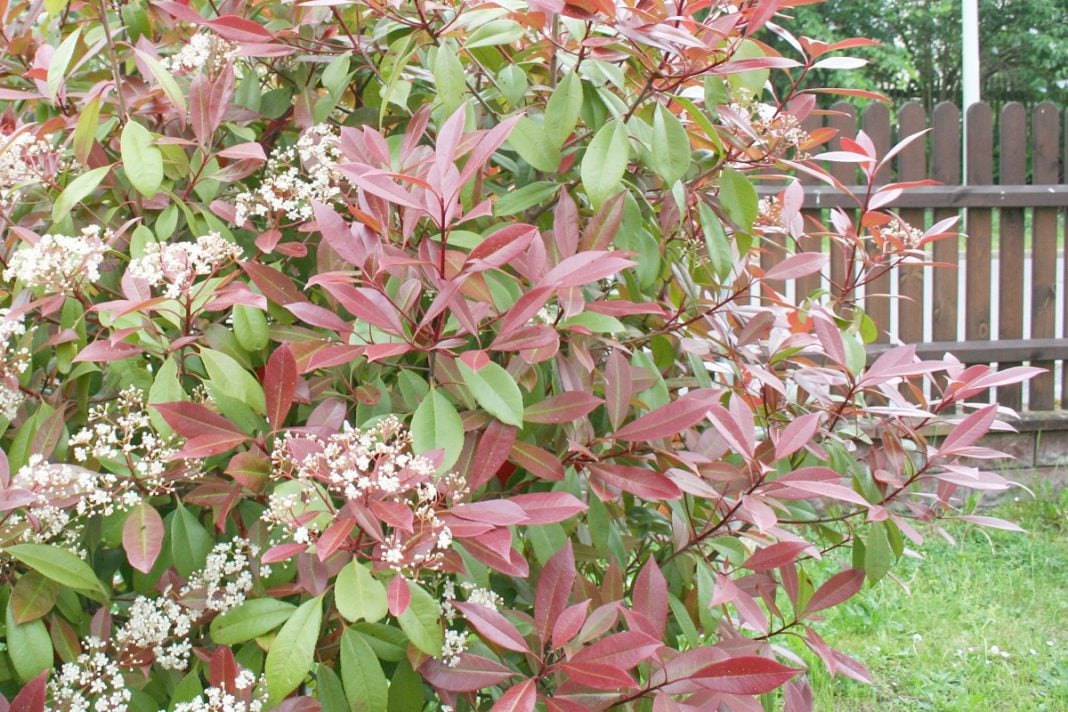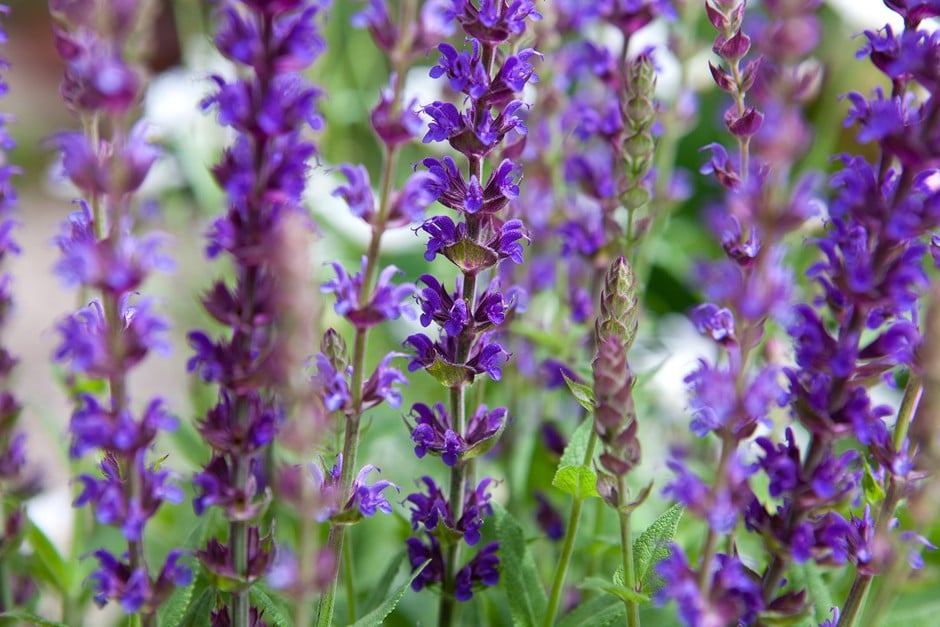Why is My Cordyline Turning Brown?
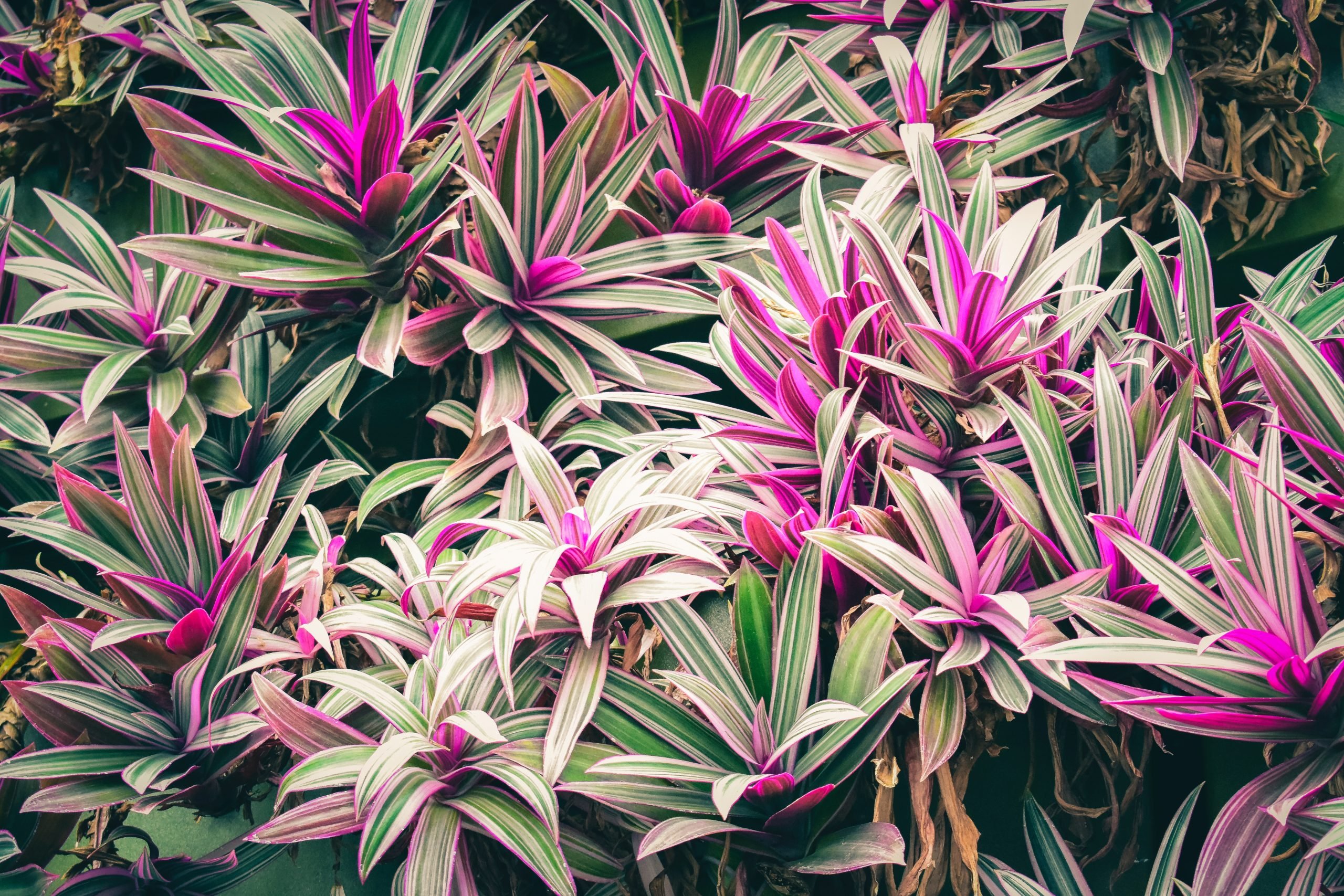
Table of Contents
Tending to your garden is a relaxing activity; you can see how your garden transforms into a beautiful oasis due to your hard work.
Your plants and flowers need care and dedication. If you follow the instructions, your plants and flowers have a good chance of thriving.
Of course, certain things that are out of your control may come and disrupt your garden’s ecosystem. But that’s alright, so do not worry or panic.
There are many solutions out there and all over the internet if you need them. One such problem would be when your cordyline leaves start to turn brown.
This article will show you how to revive a dying cordyline so that your plants are brought back to life.
The Cordyline Plant
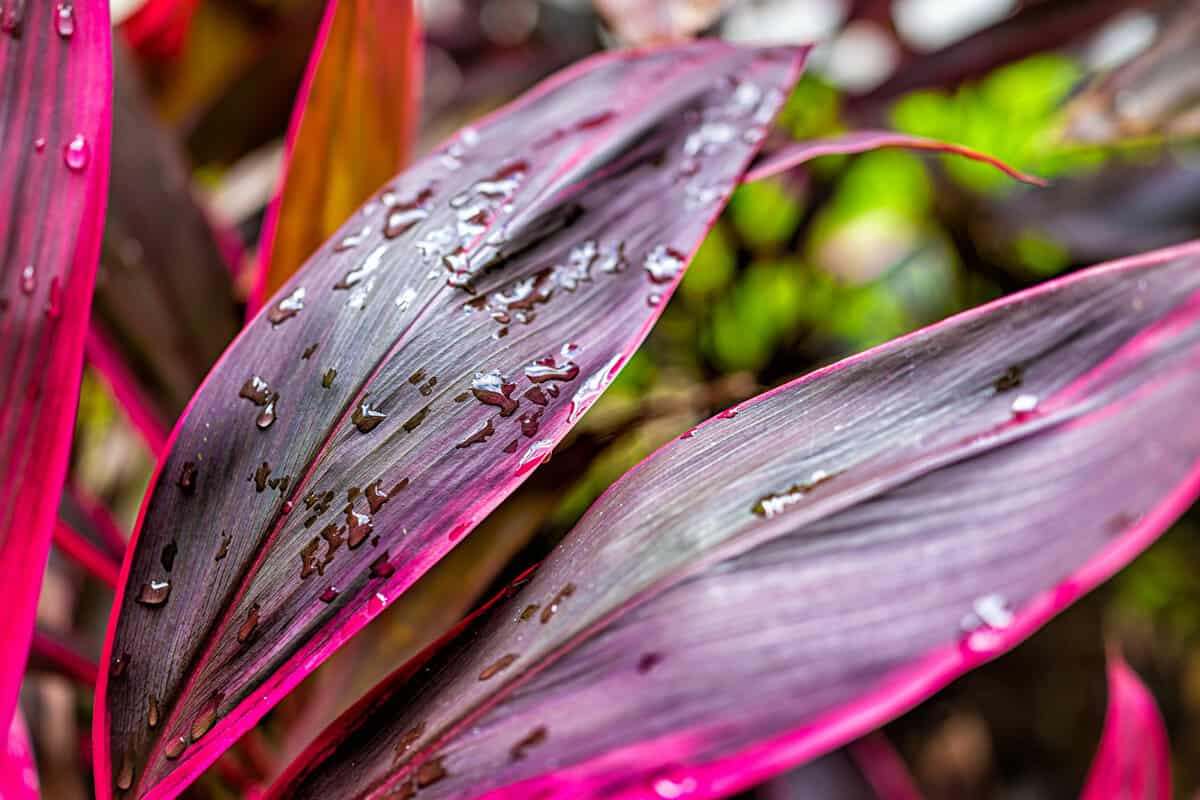
The cordyline genus has about 24 species; this includes woody and monocotyledonous plants that give flowers. The leaves come in shades of green, purple, or scarlet. It is an easy plant to grow, but sometimes, you might face some difficulties. Issues like brown leaves must be handled immediately if you want your cordyline plant to thrive. If you see brown leaves, you need to cut off the brown leaves; then, you need to find out the reason for the brown leaves to avoid it.
So, let’s see why your cordyline leaves turn brown.
1. Overwatering
The most common problem with most plants is overwatering. If you are growing cordyline in containers, then you might face brown leaves. Overwatering also runs the risk of fungal infections. If the day is not windy or sunny, then water sprinkled on the leaves will give way to fungal infections. So, pour the water into the pot and not on the leaves. On sunny days, make sure to give your plants a little more water.
There are ways to counter overwatering. If the soil has too much moisture, you must stop watering the plant. The soil needs to dry out before you water it again. You can check if the soil is moist so that you do not overwater the plant.
2. Underwatering
Underwatering is as much a problem as overwatering. Water intake is an important factor for the health of your plants and flowers. A young cordyline plant needs to be watered regularly before the plant matures.
Otherwise, you need to water a cordyline plant regularly in the summer and if planted in a container or pot. If the cordyline plant does not receive the correct water amount, then brown leaves will be the result. You can check to see if the soil is too dry, which tells you that the plant is underwatered.
Typically, the soil should be dry on the surface level, but underneath the surface, it should be moist. To counter underwatering, water the cordyline deeply for the next few days.
Make sure the soil surface is dry, but underneath, it is moist. If the cordyline is in a container or pot, water the plant so that it reaches the root ball. You do this until the soil starts to feel dry. The water level should be around an inch, lasting at least a week. A couple of days before watering, report the cordyline if the soil becomes too dry.
3. Contaminated Soil
The soil becomes contaminated if exposed to excessive fertilizer or mineral salts. If you use tap water or too much fertilizer, this is the result. Or if the plant is not draining well. All the salts and fertilizer build up in the soil. This leads to the roots dying and the leaves turning brown.
There are ways to avoid contaminating the soil. The cordyline in containers or pots needs to be leached two to three times during a year; alternatively, you can leave your cordyline in the rain during the summertime so that leaching happens naturally.
You should re-pot your cordyline in a bigger pot so that there is more room; this way, salts or fluoride will not accumulate. Do not overfertilize your plants.
4. Dry Air
The native place of the cordyline is the tropics, so it needs a tropical environment to thrive. Things like low humidity or frost can harm the plant. The cordyline needs a warm, humid, or damp environment; think temperatures of around 60 degrees Fahrenheit.
If the leaves are too dry, then try misting your cordyline. A humidifier can also help adjust the humidity levels of the room.
5. Chlorine Damage
You have to be careful about the plant’s water intake and contents. Water plays a big role in your plant’s life, so you must consider it. If the water has chlorine in it, then your cordyline plants will not be healthy, and the leaves will turn brown. Chlorine can also be found in the ground.
When watering cordyline plants, use distilled water, rainwater, or spring water instead of tape water. Boiling the water for about 20 minutes will remove chlorine from it; just let it cool before watering your plants. Leave the water in an uncovered container for a few days, and the chlorine will evaporate.
Final Thoughts
Having a garden is an excellent thing, especially in the modern world. You can unwind in a calm environment and work hard to create something beautiful. Your plants will be thriving, and your flowers will be blooming; who wouldn’t want to spend time in a garden?
Sometimes, pests or weather come into play and make a mess out of your garden. Luckily for you, there are so many guidelines if anything goes wrong.
This article helps you figure out the reasons for your cordyline leaves turning brown so that you can implement the changes for your cordyline plant to blossom again.

